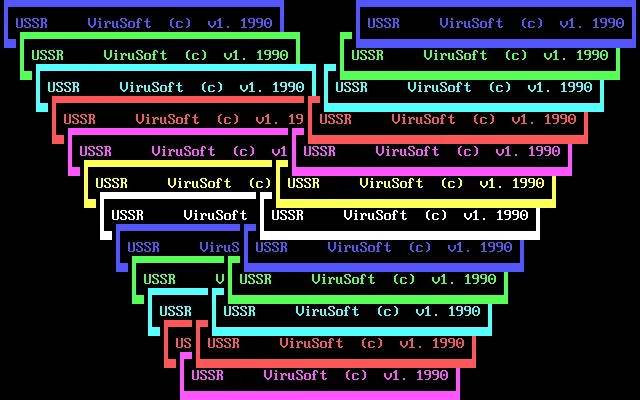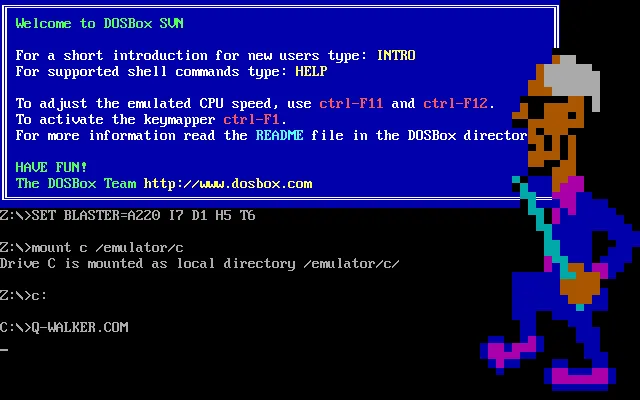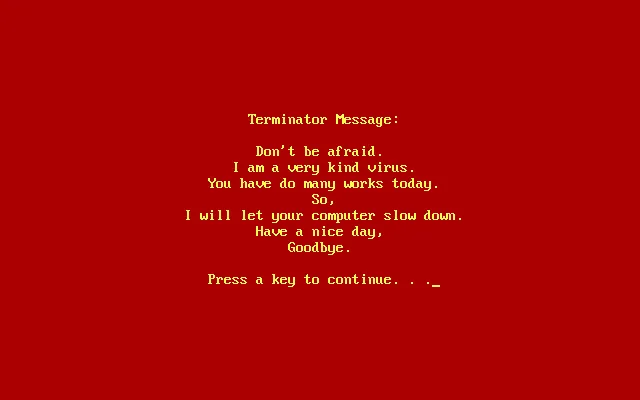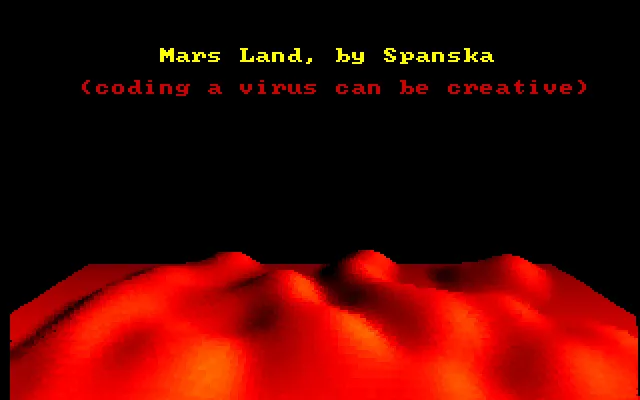Check Out These Vintage Computer Viruses at the Malware Museum
Relive the horror of watching your computer catch a ‘90s-era virus
Getting a computer virus these days is a very different experience than it was during the 1980s and ‘90s. Today, malware operators are stealthy, writing programs that will lurk silently in your computer, waiting for the opportunity to steal your credit card information or hold personal data hostage in exchange for an exorbitant fee. But during the early decades of the internet, virus creators more often aimed to destroy every computer their programs infected. They announced their victory to their victims with taunting animations, some of which can now be viewed online in the Malware Museum.
Most of these old viruses are extinct in the wild, so to speak: the security holes they exploited have long been patched, and many target computers that are long obsolete. But thanks to cybersecurity expert Mikko Hyppönen and computer historian Jason Scott, visitors can watch these viruses do their thing without worrying about destroying their computers, Rich McCormick writes for The Verge.
"I only chose interesting viruses," Hyppönen tells Zoe Kleinman for the BBC.
For years, Hypponen has stockpiled old viruses and stripped them of the malicious code. Without their destructive capabilities, they are almost like pieces of art. Some have crude drawings, others create rudimentary landscapes, and some are even games, like Hyppönen and Scott’s personal favorite in the virus collection, “Casino,” Patrick Barkham writes for The Guardian.
The Casino virus is a precursor to a modern type of malware known as “ransomware,” which locks down a computer’s data remotely until the victim pays a large fee to the operator. Casino never allowed its victims a chance to pay their way out of their dilemma, but it did offer them a chance to restore their computer by playing a game of jackpot.
"Casino was a real problem," Hyppönen tells Kleinman. "At the time the advice was, you lose nothing by playing. In the early 1990s very few people had back-ups so you had lost your files anyway."
Casino offered a slim chance at getting your data back, but for most viruses, that wasn’t the case. For the most part, virus creators relied on visual effects to taunt their victims, like animated flames, marijuana leaves, and swirling colors. They were more often juvenile than sinister, though they could still leave their victims without a working computer.
"Most of the malware we analyze today is coming from organized criminal groups...and intelligence agencies," Hyppönen tells Kleinman. "Old school happy hackers who used to write viruses for fun are nowhere to be seen."






